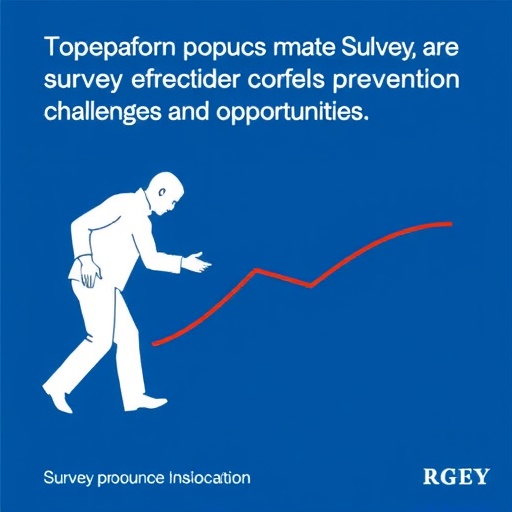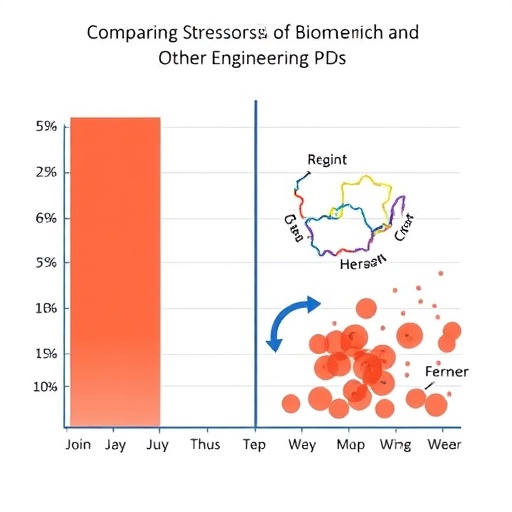Corresponding Author: Scott Russo, PhD, Director of the Center for Affective Neuroscience, Icahn School of Medicine at Mount Sinai, New York, and other coauthors.
Bottom Line: Despite sharing core features with drug addiction, the mechanisms underlying aggression are far less understood. One shared mechanism may involve a transcription factor called (FosB), which builds up in the nucleus accumbens (NAc), a reward region of the brain, in response to many different rewarding experiences including sex and exercise, suggesting the possibility of reducing aggression by targeting FosB in the NAc.
Results: Higher levels of FosB in NAc neurons were associated with more intense behaviors by aggressive mice defending their home cage from an intruder. Overexpressing FosB in aggressive mice also increased their dominance over an opponent when they faced each other in a narrow tube. While increased FosB in dopamine D1 receptor expressing medium spiny neurons (D1-MSNs) was associated with increased aggression intensity, mice with increased FosB in D2-MSNs showed less preference for an environment where they previously encountered an intruder.
Why the Research Is Interesting: These results identify distinct roles of FosB in two difference NAc cell types that regulate aggressive behavior and its rewarding qualities, identifying molecular targets for developing new treatments for aggression.
Paper Title: Cell-Type-Specific Role of FosB in Nucleus Accumbens in Modulating Intermale Aggression
Said Mount Sinai's Dr. Scott Russo of the research: "Heightened aggression or violence is a symptom of almost all psychiatric conditions, including addiction, yet we know very little about its underlying mechanisms. This study is among the first to report a shared molecular mechanisms underlying aggression and addiction, however, further work is needed to determine whether FosB also underlies aggressive disorders co-morbid with addiction in humans."
###
To request a copy of the paper or to schedule an interview with Dr. Scott Russo, please contact Mount Sinai's Director of Media and Public Affairs, Elizabeth Dowling, at [email protected] or at 212 241-9200.
Media Contact
Elizabeth Dowling
[email protected]
212-241-9200
@mountsinainyc
http://www.mountsinai.org




